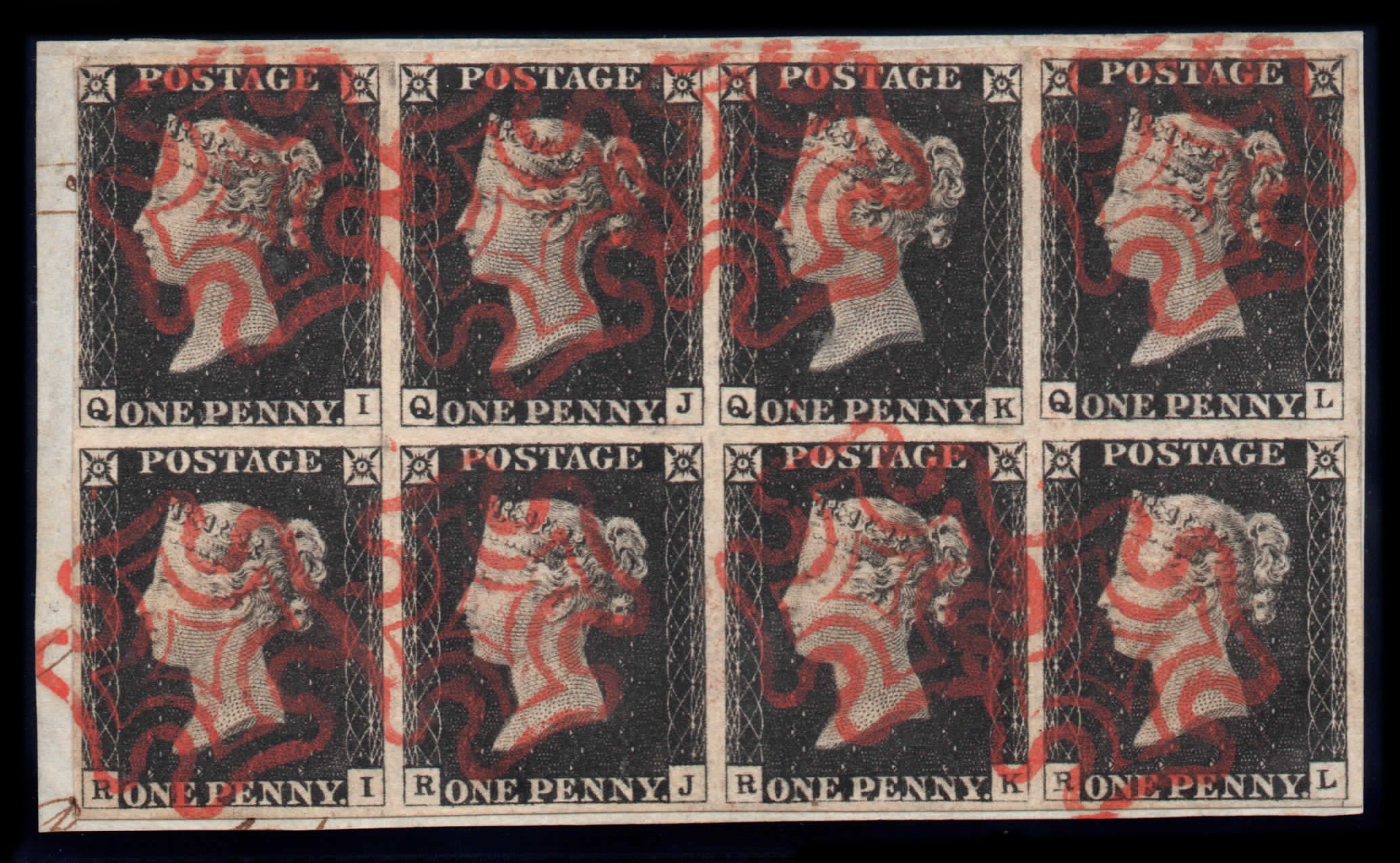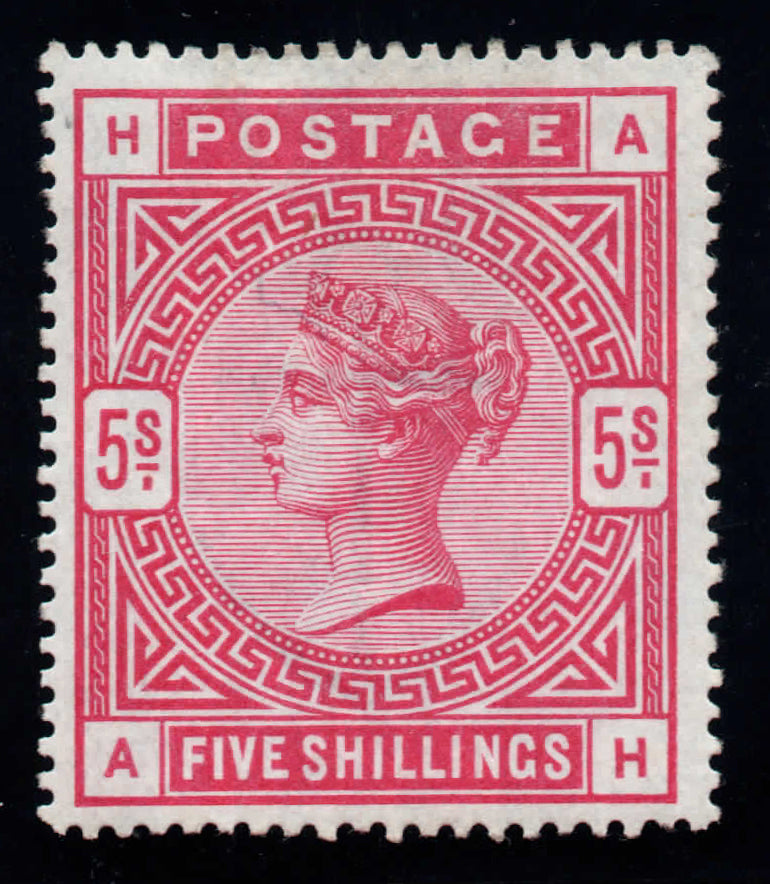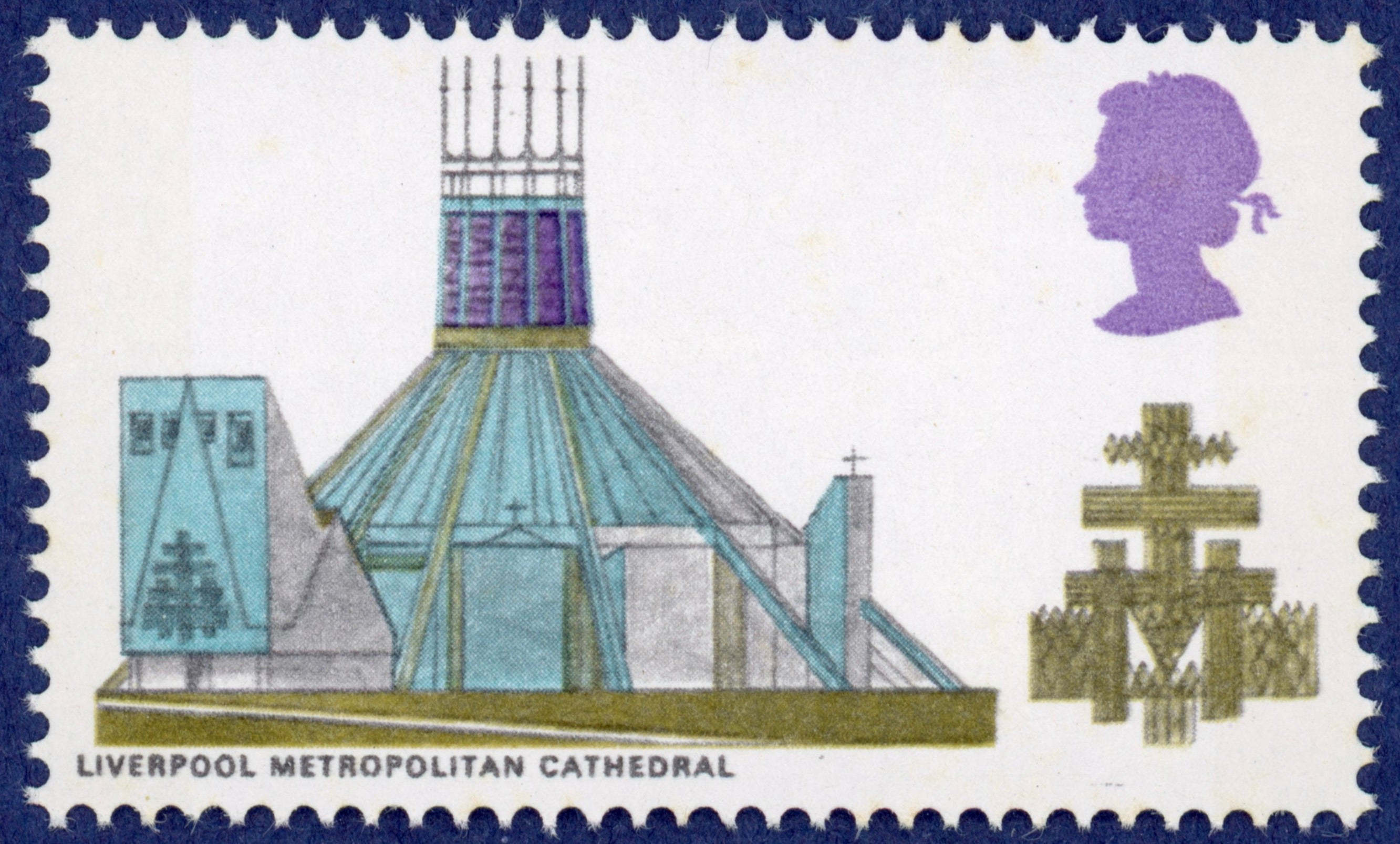Many people inherit stamp collections and want to know how to value them.
Some stamps can be extremely valuable.
However, that is very rare.
Rarity is the prime driver of value in very high-value stamps.
So the great majority of stamp collections will not be worth very large sums of money.
That’s even if they appear very complete. Even if they appear very diverse, taking in many nations. And even if they contain very old stamps.
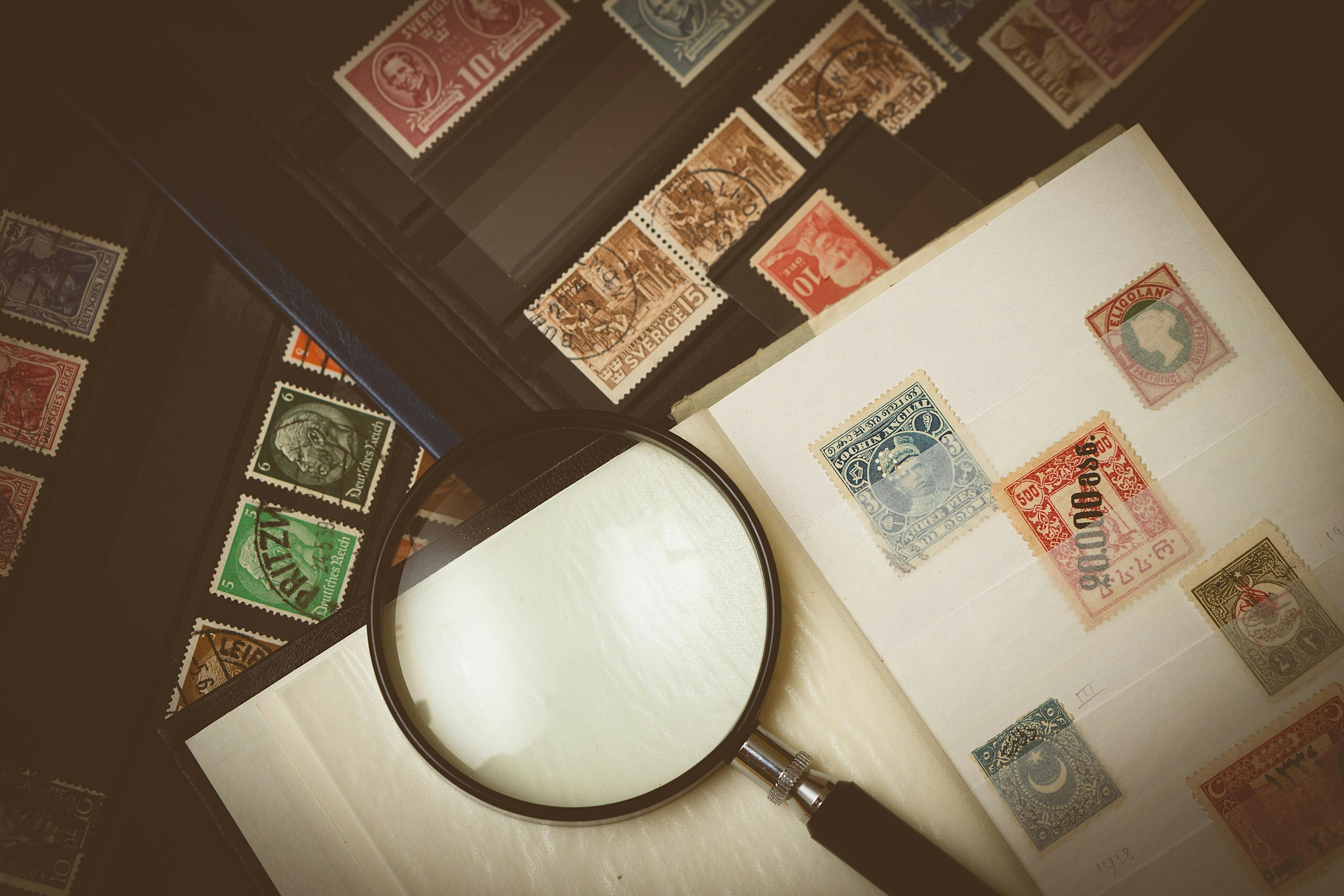
Most stamp collections are not very valuable.
That doesn’t mean they aren’t valuable.
Certainly if a late friend or relative compiled a collection it has a personal resonance.
And, all stamp collections have historical value.
And a decent sized collection of good quality, well-preserved older stamps might easily fund a night out or a shopping trip.
Only the exceptional ones - often accidentally so - will have life-changing values.
Starting to value a stamp collection
How is your stamp collection presented?
“Collection” takes in a lot of variables.
Stamps stored in themed albums will be most easily assessed and valued.
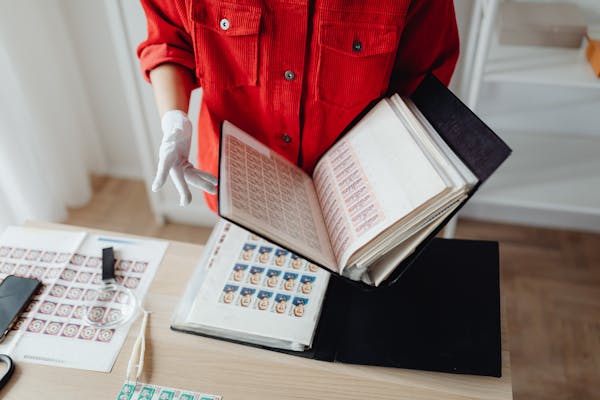
Stamp albums are generally good news for valuers.
If your new stamps are in bags, envelopes, stuck on cards or otherwise unsorted then you have a classification job to do first.
Valuing stamp collections in themed albums
Themed national albums are the most popular way for committed stamp collectors to organise their collection.
A collection already sorted in this way will be valued relatively quickly and easily.
Such albums most often use published catalogues as their basis.
In the UK the standard works are the Stanley Gibbons catalogues.
In the US it’s Scott catalogues.
Using catalogue values to value a stamp collection
With an album arranged to match a catalogue you have a fairly simple job - once you have got your hands on the right catalogue.
Notable groups of stamps may be catalogued individually.
However, catalogue values are not sale values.
And stamp catalogues can only record what is known. They are extremely comprehensive and the work of generations of scholars, but the unknown is still out there.
It shouldn't take too much work, but stamp catalogues are slightly technical documents, so make sure you read the introduction and learn some terminology.
They also assume things about the stamp, including its condition, that might not be true of the example that you have.
They are guidelines. And they are often in excess of what you will be able to raise for a stamp on the open market.
Here’s an expert, who works as a valuer, posting on one of the busiest and best informed stamp forums:
“Incidentally in 70 years as a stamp collector, apart from Postal history covers which individually are unique and not always catalogued, I think I can state I have never paid full Catalogue value for any stamp in my collection."
So a catalogue is a starting point and, if you’re set on selling, probably an ambitious one.
That’s not to say you won’t sell individual valuable items for more than catalogue value.
Many stamps are sold using an auction mechanism, and that’s notoriously difficult to judge.
A first look at your stamp collection
This stamp is rare for several reasons, its condition is self-evidently excellent.
Have a scan through an album collection for its completeness, the representation of higher face-value stamps (usually worth more at resale too), and the general condition.
Even if you have an unsorted stamp collection I think you should look at it yourself before submitting it to expert valuation or simply listing its items online.
It’s possible that there are valuable stamps in there.
Scan for errors.
Not all errors are obvious (for example most inversions must be identified via watermarks).
But errors are likely to be more valuable than standard issue stamps.
The more obvious they are - missing items on a stamp like the face value, large blank areas caused by missing colours - the more appealing they are likely to be to collectors.
Groups of stamps are often worth more. Groups that come from the side of a full sheet even more so.
Generally, the more the better.
Groups of stamps are usually more valuable.
Look for older stamps. Those that are in good condition may have value.
And look for higher value stamps. These are almost always rarer and therefore more valuable.
But, even the most rare and valuable stamps can be hard to spot.
As we prepare this guide we’re heading for what is likely to be the most valuable stamp sale in world history.
And this is the star item.
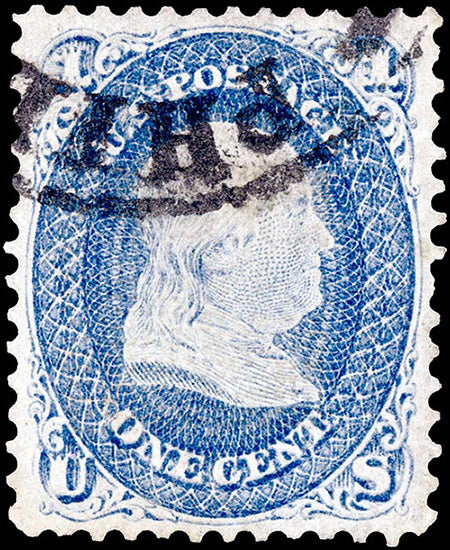
Does this stamp look like a record setter to you?
Would you spot this as a $5 million stamp?
Its value is entirely down to an almost invisible grid pressed into the stamp during the printing process and designed not to be seen in a way that interferes with the design.
Sometimes used stamps are more valuable than a very attractive mint stamp. It may have been posted on a significant date, for example.
Can you spot a design proof or imprimatur (the final test print) against a mint, unissued but otherwise standard stamp?
Aside from star items like that Z grill stamp (and we think there are more of these out there) have a look at your stamps to assess as far as you can for:
- Rarity - the most obvious driver of value
- Desirablity - rarity with no market has no value
- Attractiveness - stamps that look good are likely to attract buyers, but this in itself is not enough
- Distinction - stamps that mark philatelic or historical landmarks are likely to have value
- Condition…
Condition is itself a complex area that means assessing multiple variables.
And it can be the main determinant of your stamp’s value.
If your stamp is notable, it may also be necessary to prove exactly what it is. This might mean providing provenance like sales receipts to trace its story.
We’re heading towards the obvious conclusion here:
The best way to find out if your stamp collection is worth anything is to get expert advice.
This error is quite obvious - no price on the stamp - but most require expert eyes.
This is not to denigrate the work you can do yourself.
The internet - and now apps - have democratised many forms of expertise.
But they can’t replace them.
Your best chance of getting an honest valuation is, in my opinion, to go to an agent who is going to sell the stamps on your behalf, so a dealer or store.
These valuations should be free.
Philatelic experts may charge you for valuations, certificates or authenticity and other assessments if you’re not selling with them.
It is very likely that they will give you news that you find disappointing.
It’s often a shock to new collectors that they can buy a pretty good Penny Black for 10s of pounds.
But it is in their interests of an agent to get the best price as they are going to share in that price.
Selling your stamp collection
You can also sell stamps yourself.
There have never been more ways to put a seller and a buyer together.
There are numerous ways to sell online that you can handle yourself. All you need is an identification app, access to a valuation of some sort, a camera or scanner and you’re good to go.
We can help you out here too.
We have stamp experts who can make a quick assessment of your collection.
And we can help you sell choice items to a database of dedicated collectors who are willing to pay good prices for the right price.
Have a look at our stamp store here to get an idea of what we buy and sell.
The real value of a stamp collection
Before you rush off to e-Bay I would urge you to consider your stamp collection in more than just monetary terms.
It’s extremely unlikely that selling it will realise very much.
But what about the value of keeping it. Nurturing it. Adding to it. And making it part of your life too.
This is a fascinating hobby that will reward you for decades to come, and perhaps give you something to hand down to your family.


